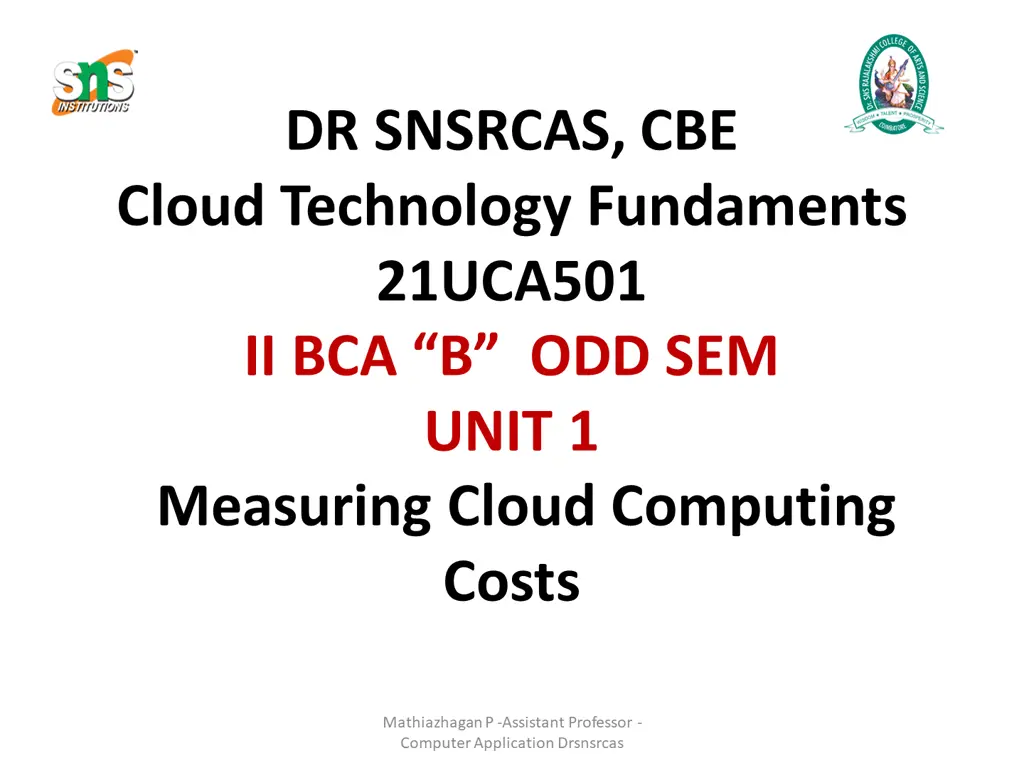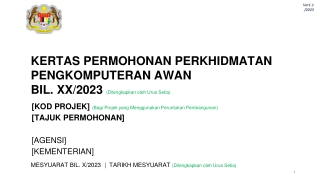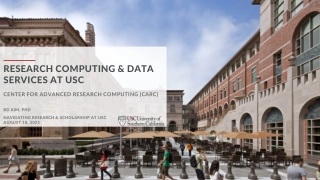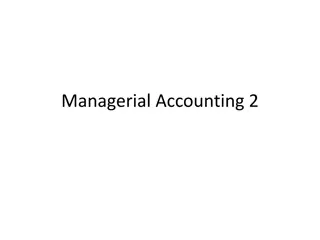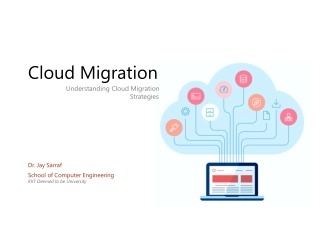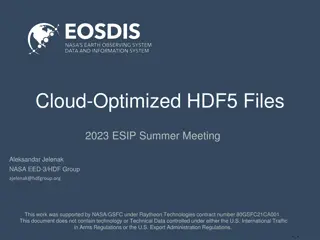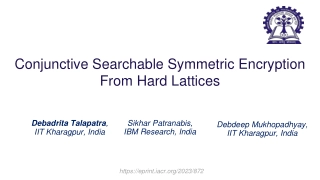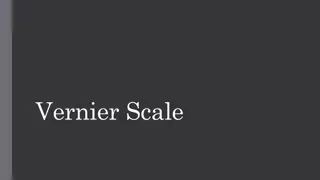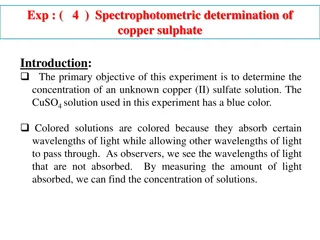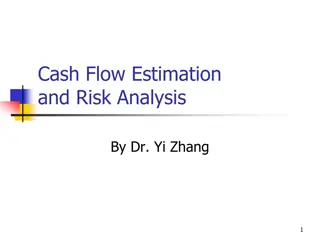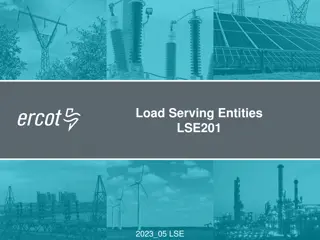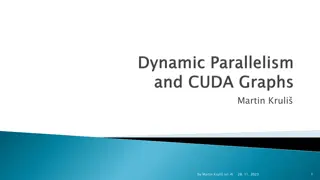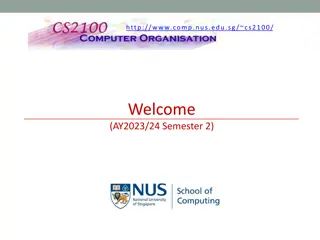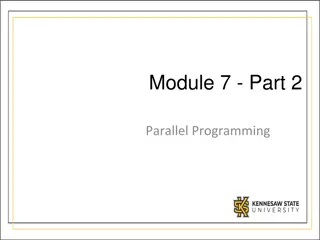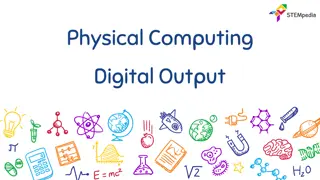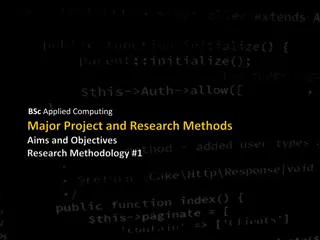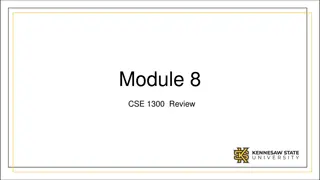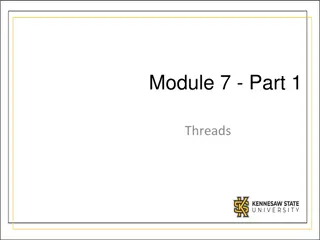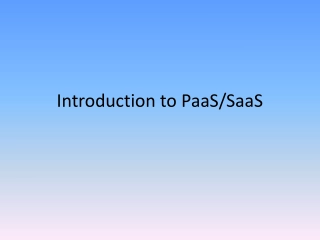Measuring Cloud Computing Costs
Understand the costs of cloud computing deployments, including unit costs, additional resource costs, and comparing with private clouds.
Download Presentation
Please find below an Image/Link to download the presentation.
The content on the website is provided AS IS for your information and personal use only. It may not be sold, licensed, or shared on other websites without obtaining consent from the author. Download presentation by click this link. If you encounter any issues during the download, it is possible that the publisher has removed the file from their server.
Presentation Transcript
DR SNSRCAS, CBE Cloud Technology Fundaments 21UCA501 II BCA B ODD SEM UNIT 1 Measuring Cloud Computing Costs Mathiazhagan P -Assistant Professor - Computer Application Drsnsrcas
Measuring Cloud Computing Costs The cost of a cloud computing deployment is roughly estimated to be CostCLOUD = (UnitCostCLOUD x (Revenue CostCLOUD)) where the unit cost is usually defined as the cost of a machine instance per hour or another resource. Depending upon the deployment type, other resources add additional unit costs: storage quantity consumed, number of transactions, incoming or outgoing amounts of data, and so forth. Different cloud providers charge different amounts for these resources, some resources are free for one provider and charged for another, and there are almost always variable charges based on resource sizing. Cloud resource pricing doesn t always scale linearly based on performance. Mathiazhagan P -Assistant Professor - Computer Application Drsnsrcas
Measuring Cloud Computing Costs To compare your cost benefit with a private cloud, you will want to compare the value you determine in the equation above with the same calculation: CostDATACENTER = (UnitCostDATACENTER x (Revenue (CostDATACENTER/Utilization)) Notice the additional term for Utilization added as a divisor to the term for CostDATACENTER. This term appears because it is assumed that a private cloud has capacity that can t be captured, and it is further assumed that a private cloud doesn t employ the same level of virtualization or pooling of resources that a cloud computing provider can achieve. Indeed, no system can work at 100 percent utilization because queuing theory states that as the system approaches 100 percent, the latency and response times go to infinity. Typical efficiencies in datacenters are between 60 and 85 percent. It is also further assumed that the datacenter is operating under averaged loads (not at peak capacity) and that the capacity of the datacenter is fixed by the assets it has. Mathiazhagan P -Assistant Professor - Computer Application Drsnsrcas
Measuring Cloud Computing Costs CostDATACENTER = 1 n (UnitCostDATACENTER x (Revenue (CostDATACENTER/Utilization))SYSTEMn, where the sum includes terms for System 1, System 2, System 3, and so on. The costs associated with the cloud model are calculated rather differently. Each resource has its own specific cost and many resources can be provisioned independently of one another. In theory, therefore, the CostCLOUD is better represented by the equation: CostCLOUD = 1 n (UnitCostCLOUD x (Revenue CostCLOUD))INSTANCEn + 1 n (UnitCostCLOUD x (Revenue CostCLOUD))STORAGE_UNITn +. 1 n (UnitCostCLOUD x (Revenue CostCLOUD))NETWORK_UNITn + Mathiazhagan P -Assistant Professor - Computer Application Drsnsrcas
THANK YOU Mathiazhagan P -Assistant Professor - Computer Application Drsnsrcas
